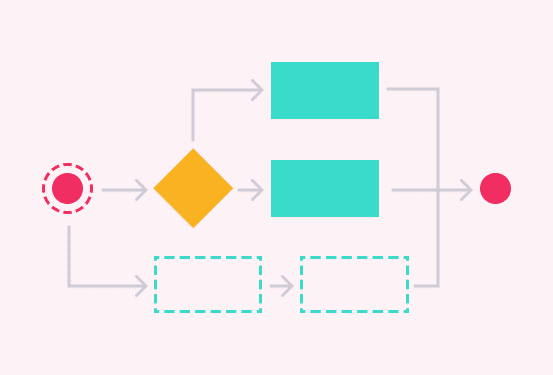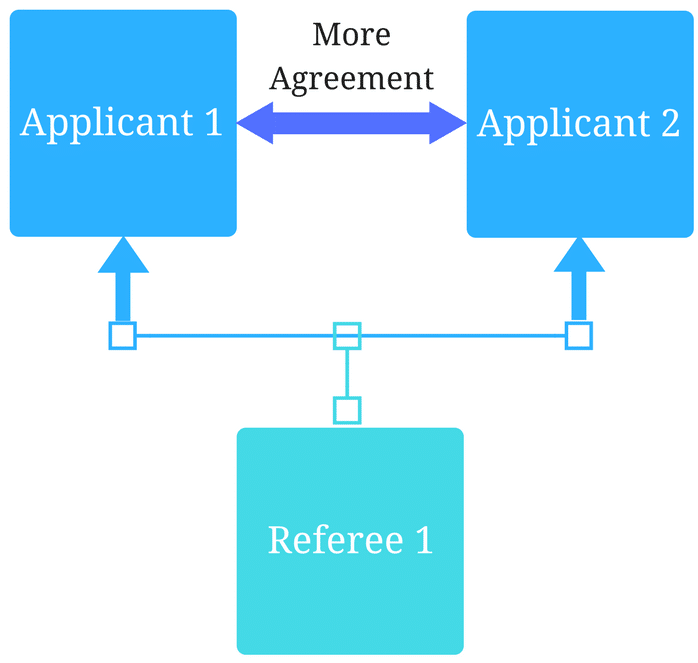What is curriculum management?

March 9, 2021
Imagine a perfect curriculum– one that is tailored to your learning outcomes, with content sequencing that’s just right, teaching types that highlight your institution’s approach to learning, and everything assessed and evaluated in just the right spots. It’s a thing of beauty.
But there’s a problem. A curriculum is just a big learning plan, and as new research is published and as practices change, you will be forced to make updates to curriculum content. Abnormal assessment scores will force you to revisit your sequencing and assessment approach. Inevitably, you will be faced with curriculum drift.
How do you prevent curriculum drift from occurring? How do you ensure that your carefully designed curriculum adapts properly to the forces pushing it around? You do it with a structured set of activities designed to assess and adjust your curriculum; in other words, with curriculum management.
Let’s dive in a bit deeper to see the activities that make up curriculum management.
1. Curriculum mapping
Curriculum mapping often gets confused with curriculum management, but they’re not the same thing. Curriculum mapping is really just the first step in any curriculum management effort. It’s a process of tagging and linking the structural elements of your curriculum (phases, years, courses, sessions, etc.) with each other and with your learning outcomes and content areas.
Curriculum mapping is essential to curriculum management because it transforms your curriculum from a series of documents and experiences into a searchable database that is an accurate representation of your curriculum. Without this database, the other steps in curriculum management are much less valuable.
2. Content and structure analysis
Once your curriculum is mapped, you can start to analyze and assess whether the content is still relevant, and if the structure supports your learning goals. Some common ways of doing this include:
Gap/redundancy analysis
A gap and/or redundancy analysis is a report that looks across your curriculum to find content gaps or redundancies. For example, you may have a redundancy because you’re teaching the same thing about diabetes in several different course areas. You may have a gap if one of your six graduation competencies is under-represented in your fourth year curriculum.
Teaching types analysis
A teaching types analysis is a report that looks across a segment of your curriculum to provide an overview of the teaching types and frequency that your program uses. This report is often a component of an accreditation review, but it can also be used to ensure that your program stays true to its pedagogical foundation, that students are given an opportunity to have different types of learning experiences, and that content is taught in a way most appropriate.
Sequencing analysis
A sequencing analysis is a report that lets you see how topics are sequenced throughout your curriculum. To do a sequencing analysis, learning objectives or content areas are tagged with a list like Bloom’s taxonomy. You then pull a report across the content area and you can see how the content is sequenced.
Content and structure analysis is essential to curriculum management because it is one of the main ways to prevent curriculum drift. If used on a regular basis, it helps identify missing, inappropriate, and stale content so you can replace it with something more appropriate.
3. Student assessment
Student assessment is where the curriculum rubber meets the road of cold reality. Assessment results are the ultimate outcome of your curriculum. Because of this, they provide an important input into a curriculum management process.
Student assessment is essential to curriculum management because assessment results can give you insight into curriculum problems that may not show up in other result areas. Note that not all problems in student assessment are curriculum problems. Sometimes you’ll have issues with particular faculty, individual students, or with other non-curriculum things. But systemic student assessment problems (like missed results in a key content area, or over-performance in another area) can help you find issues that may have otherwise remained hidden.
4. Program evaluation
Program evaluation is essential to curriculum in the same way that student assessment is. Program evaluation provides your staff and faculty with real-time feedback about the curriculum. Not all program evaluation results will provide insight into curriculum problems (for example, a poor teacher evaluation is not necessarily a curriculum management problem). However, if you are diligent about asking curriculum-related questions on your program evaluation forms (for example, asking about content sequencing on a lecture evaluation form), you will have a great source of curriculum feedback to use.
5. Research, review, revise
The final step in curriculum management is the step that makes the whole thing work. You need to take the data you’ve gathered from your content and structure analyses, your student assessment results, and your program evaluation feedback, and decide whether or not curriculum changes are needed. This is frequently the main job of the curriculum committee and is not a task to be taken lightly. Many issues you’ll uncover–such as a deep-seated curriculum issue found through low student assessment scores– will require further research in order to decide how to proceed. The best curriculum committees embrace this task with a “debate and decide” mentality.
It is the job of your curriculum committee to stay vigilant and build in processes that keep your curriculum current and adapt to changes
Now that we’ve defined curriculum management in terms of its key components, it should be easier for you to catch and prevent curriculum drift at each of these stages. What is your curriculum committee doing to manage your curriculum and prevent drift? Our friendly, knowledgable services team is always in sharing ideas and best practices. Send us a note and we’d love to discuss.
Related Articles

How interviews could be misleading your admissions...
Most schools consider the interview an important portion of their admissions process, hence a considerable…
Reference letters in academic admissions: useful o...
Because of the lack of innovation, there are often few opportunities to examine current legacy…
